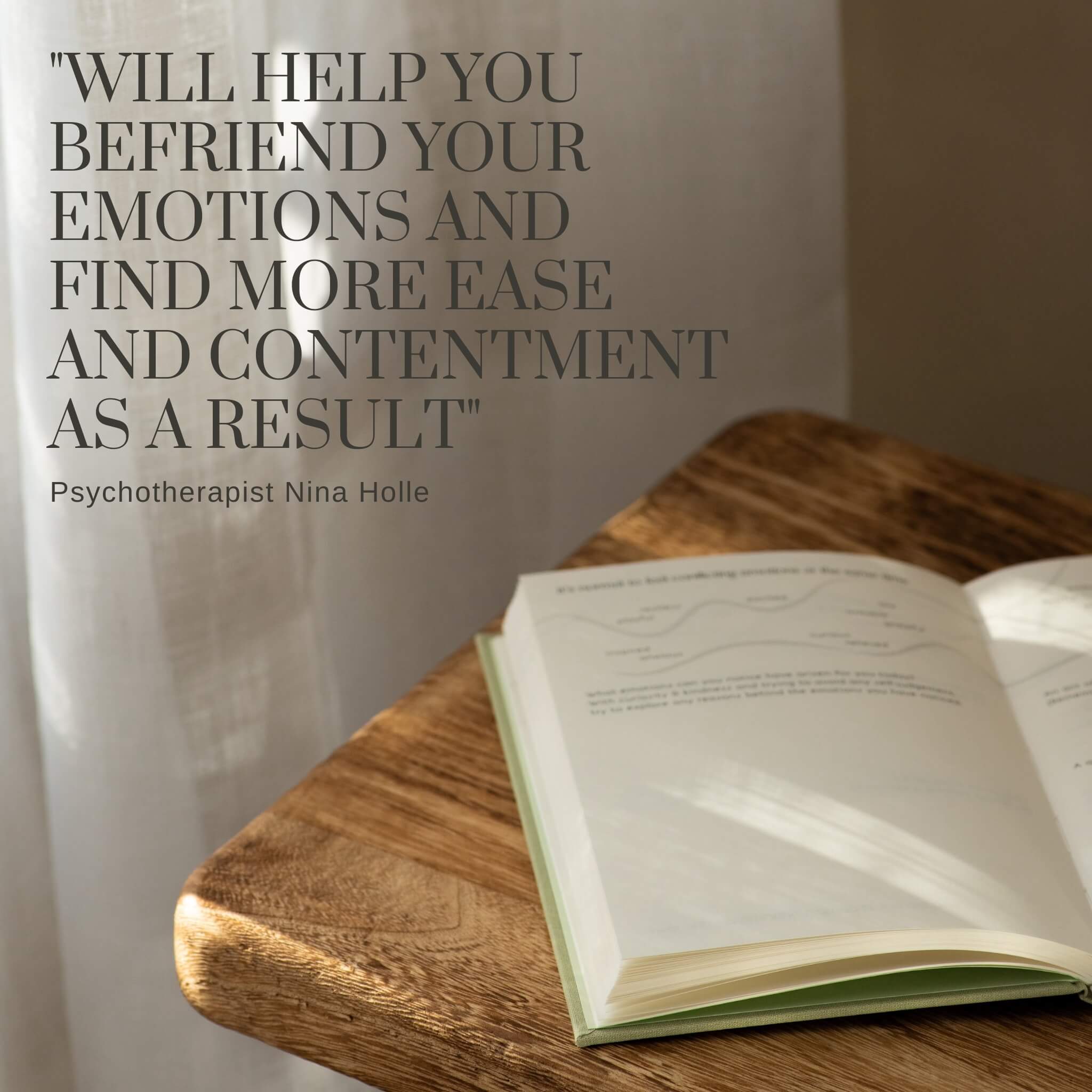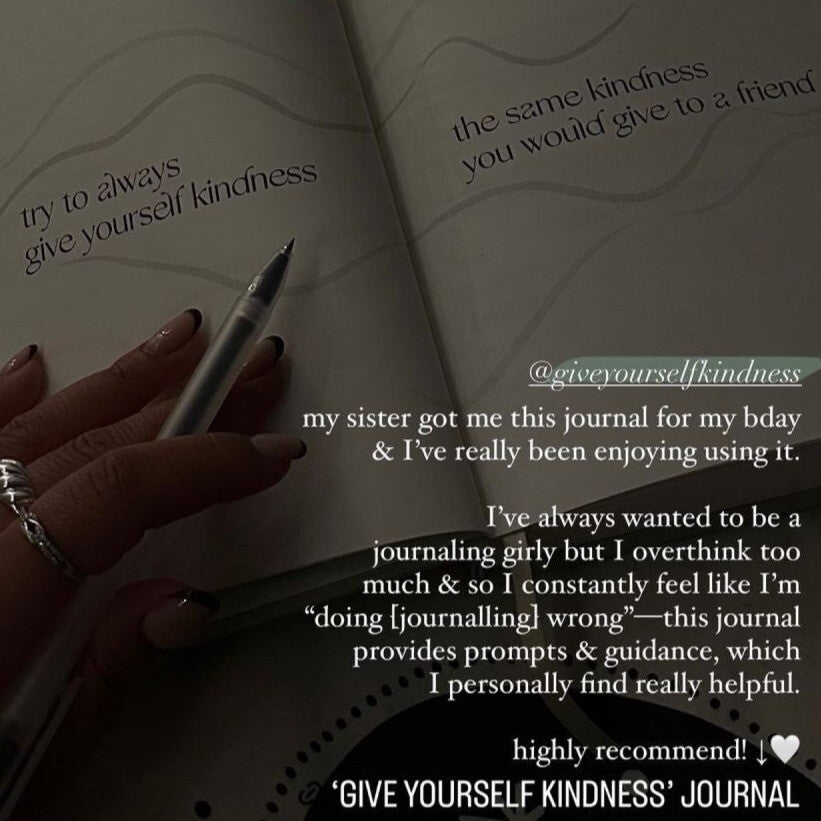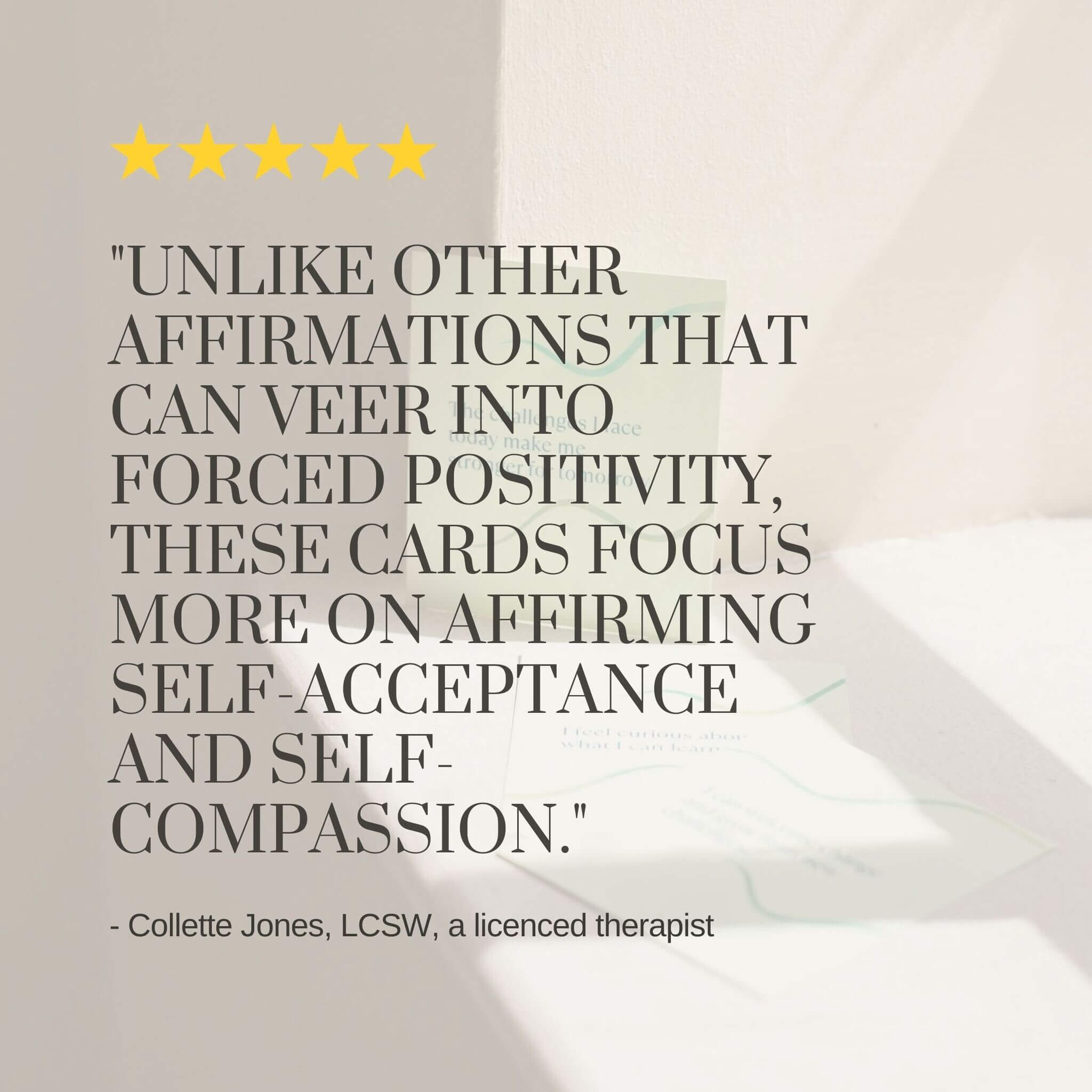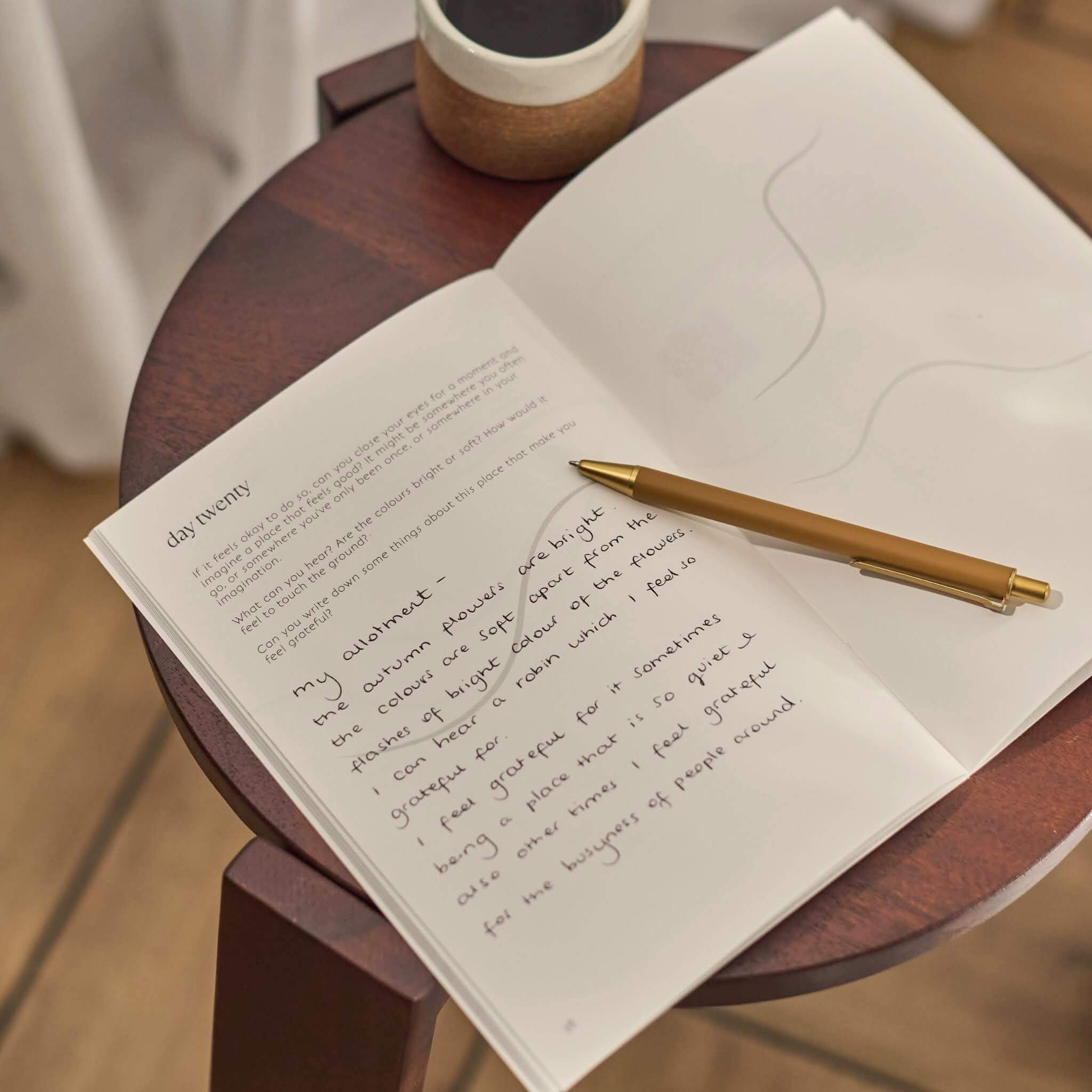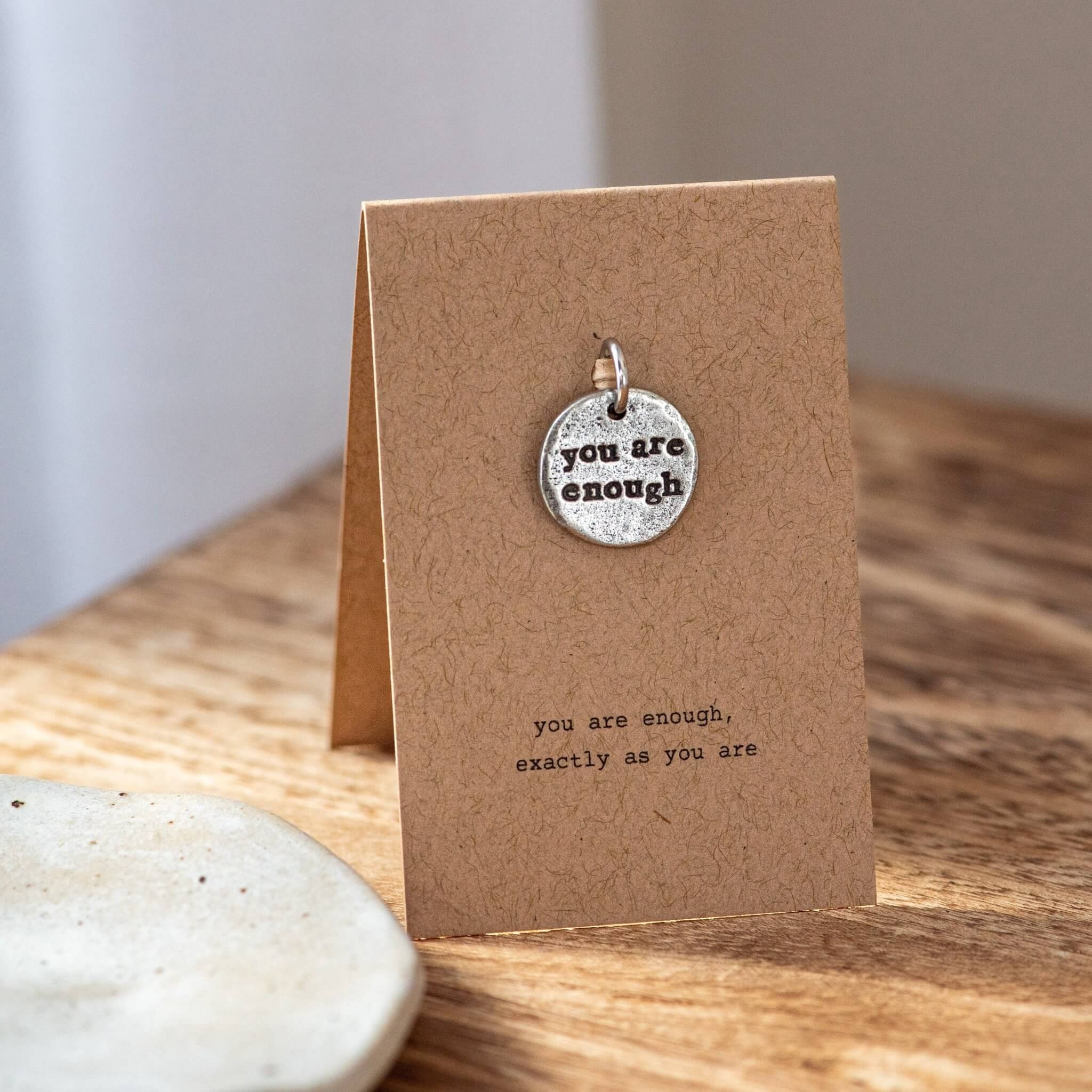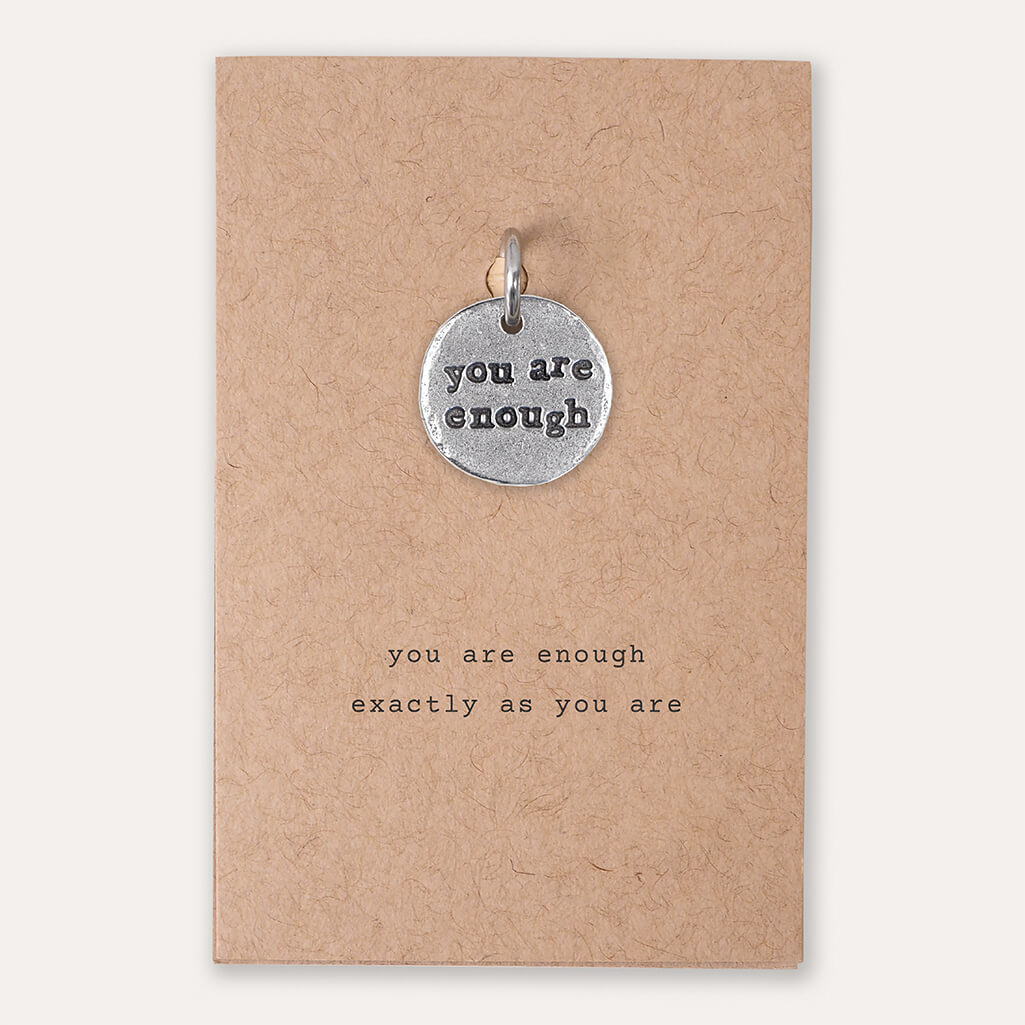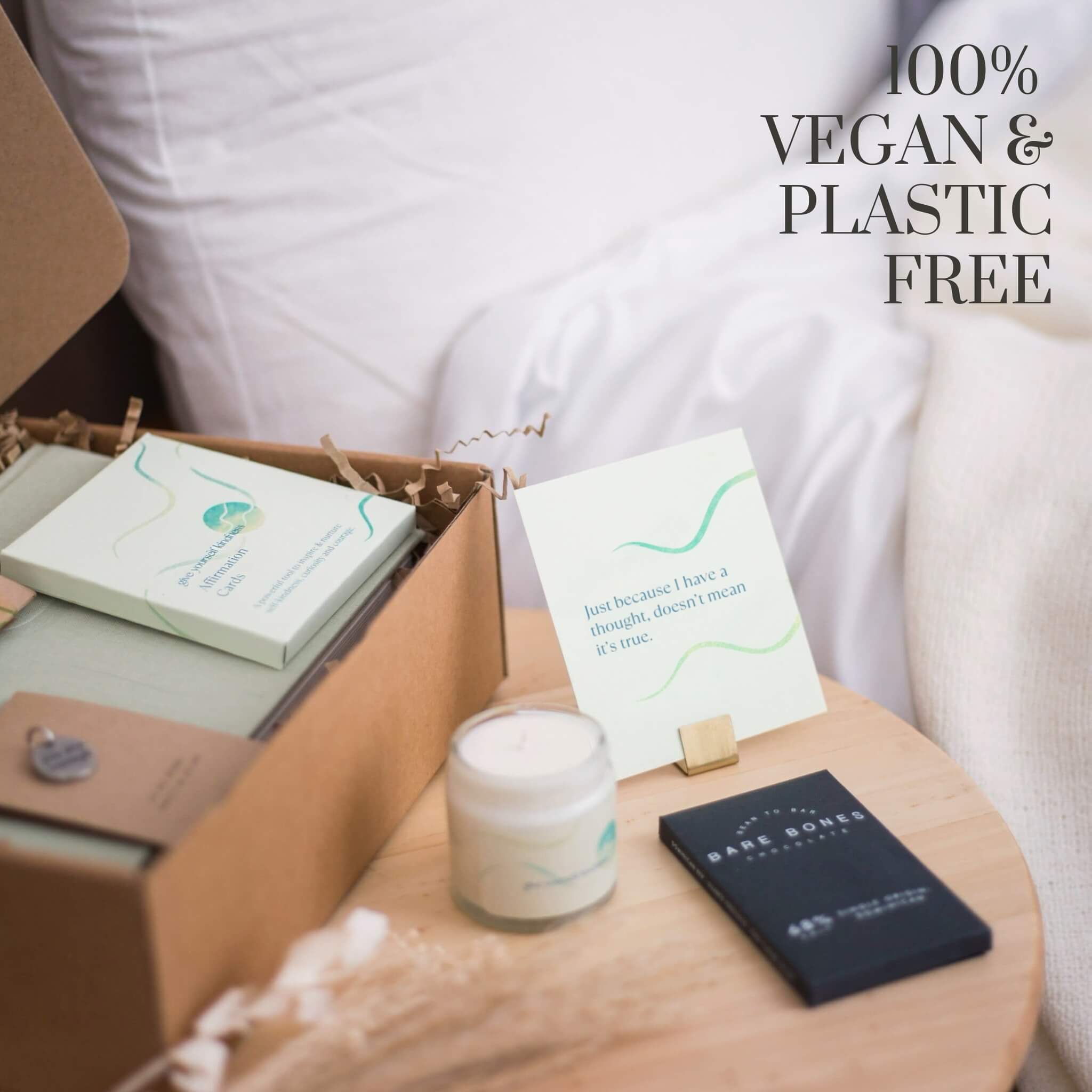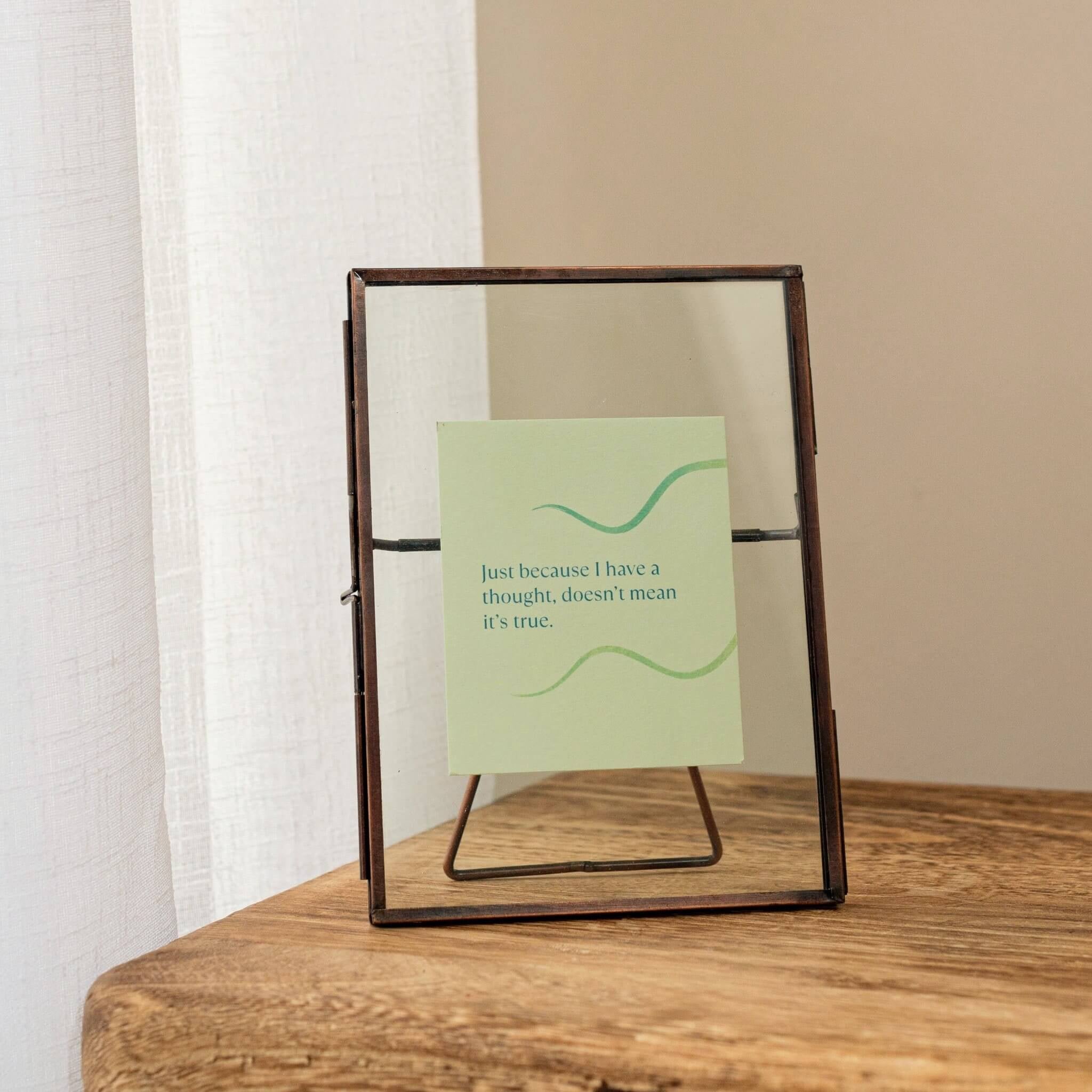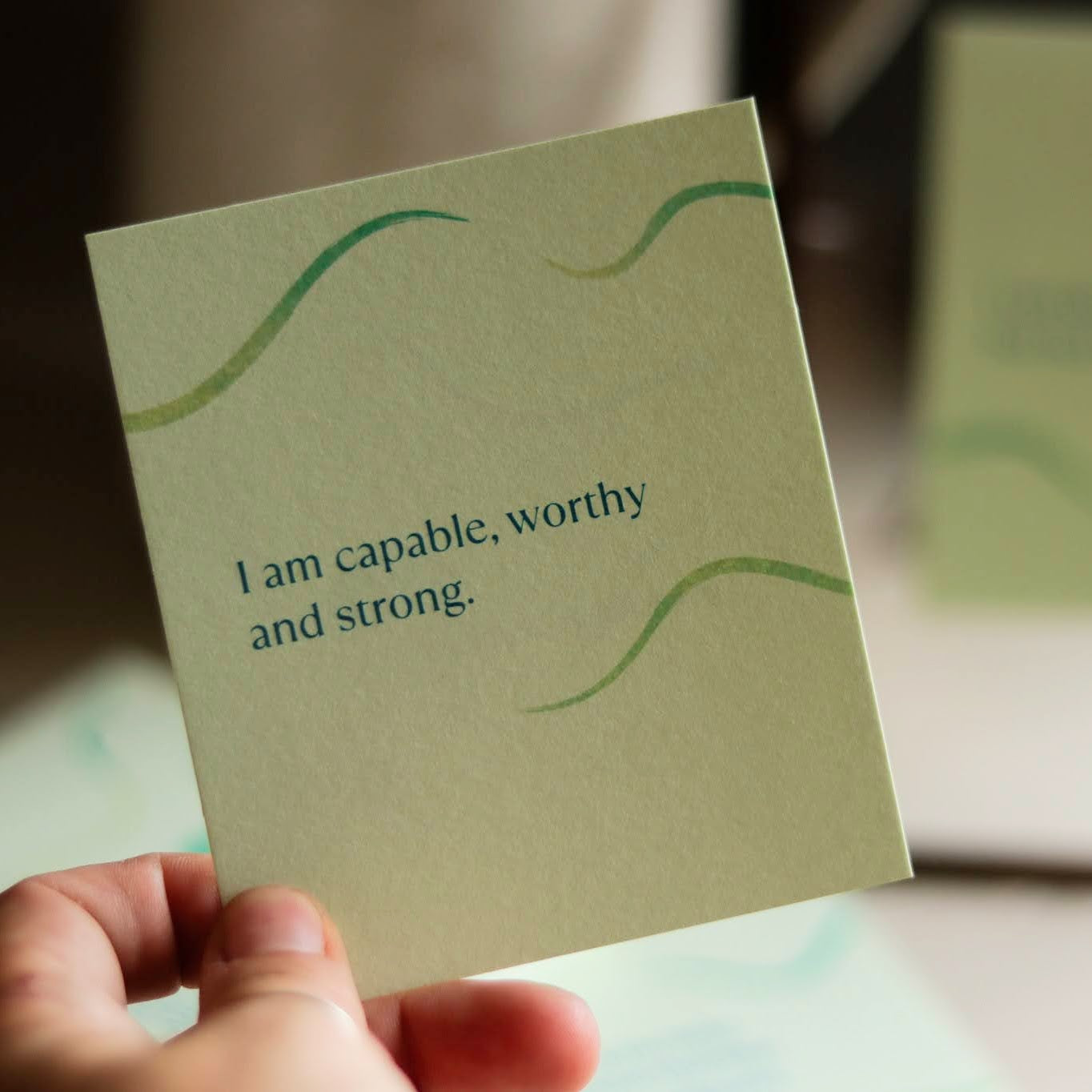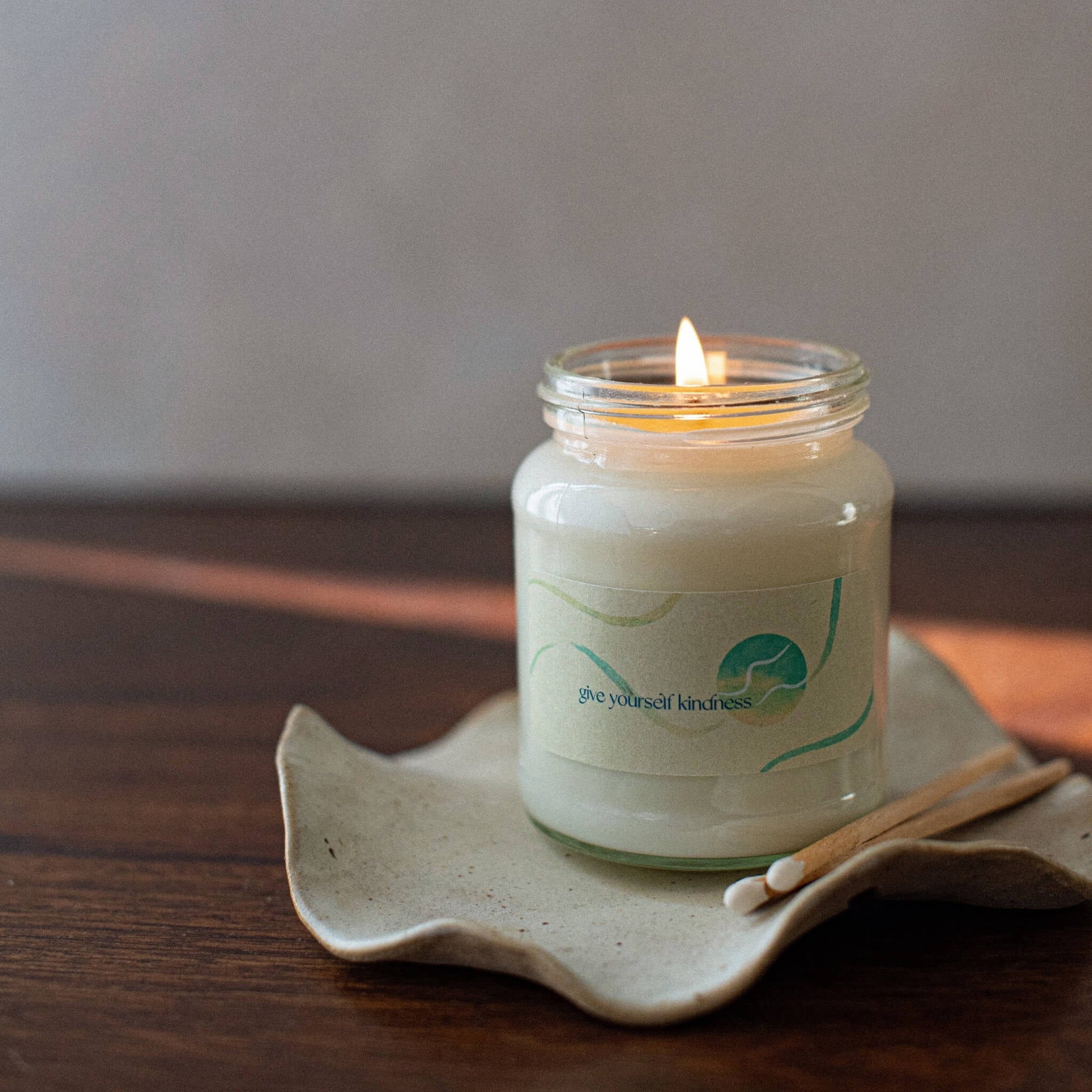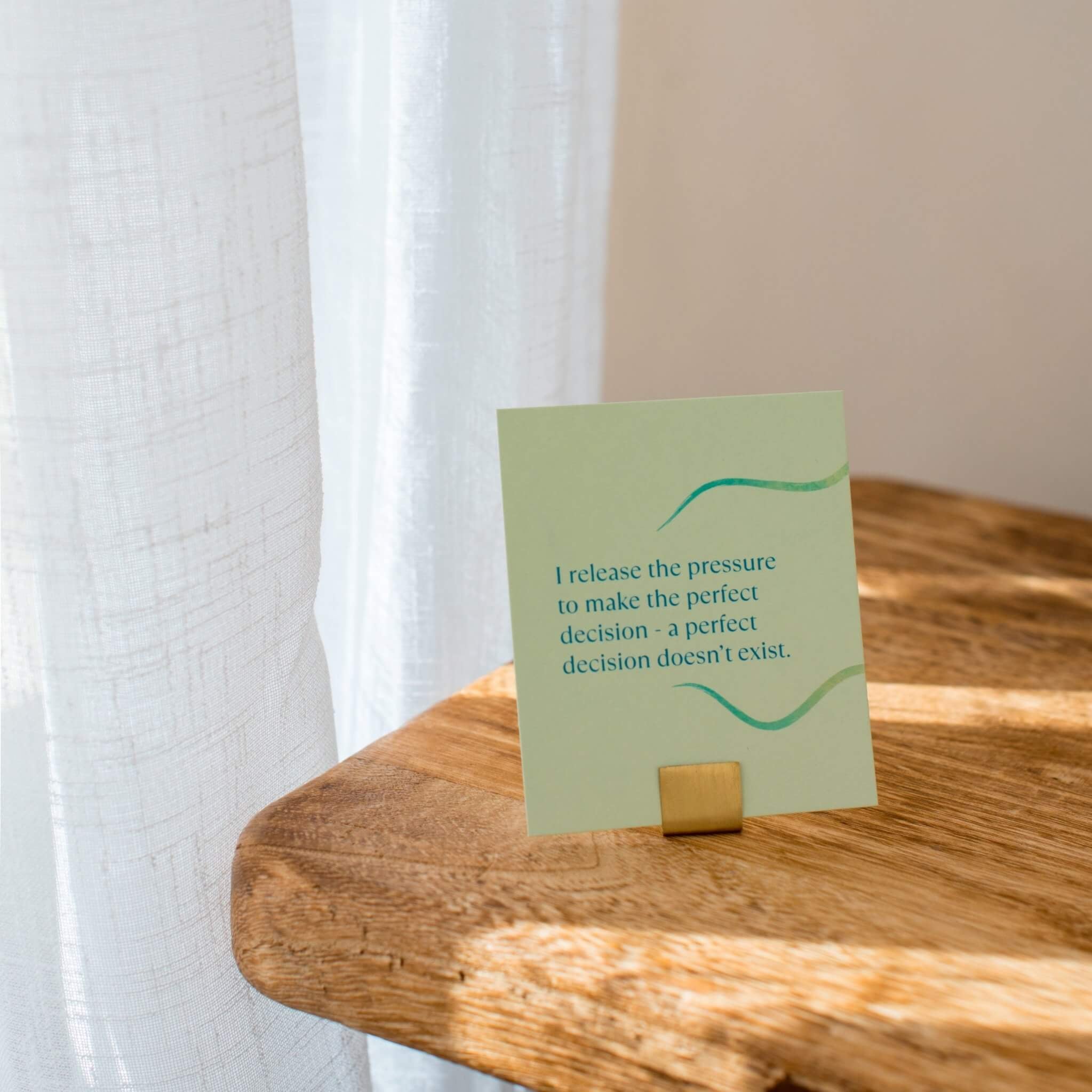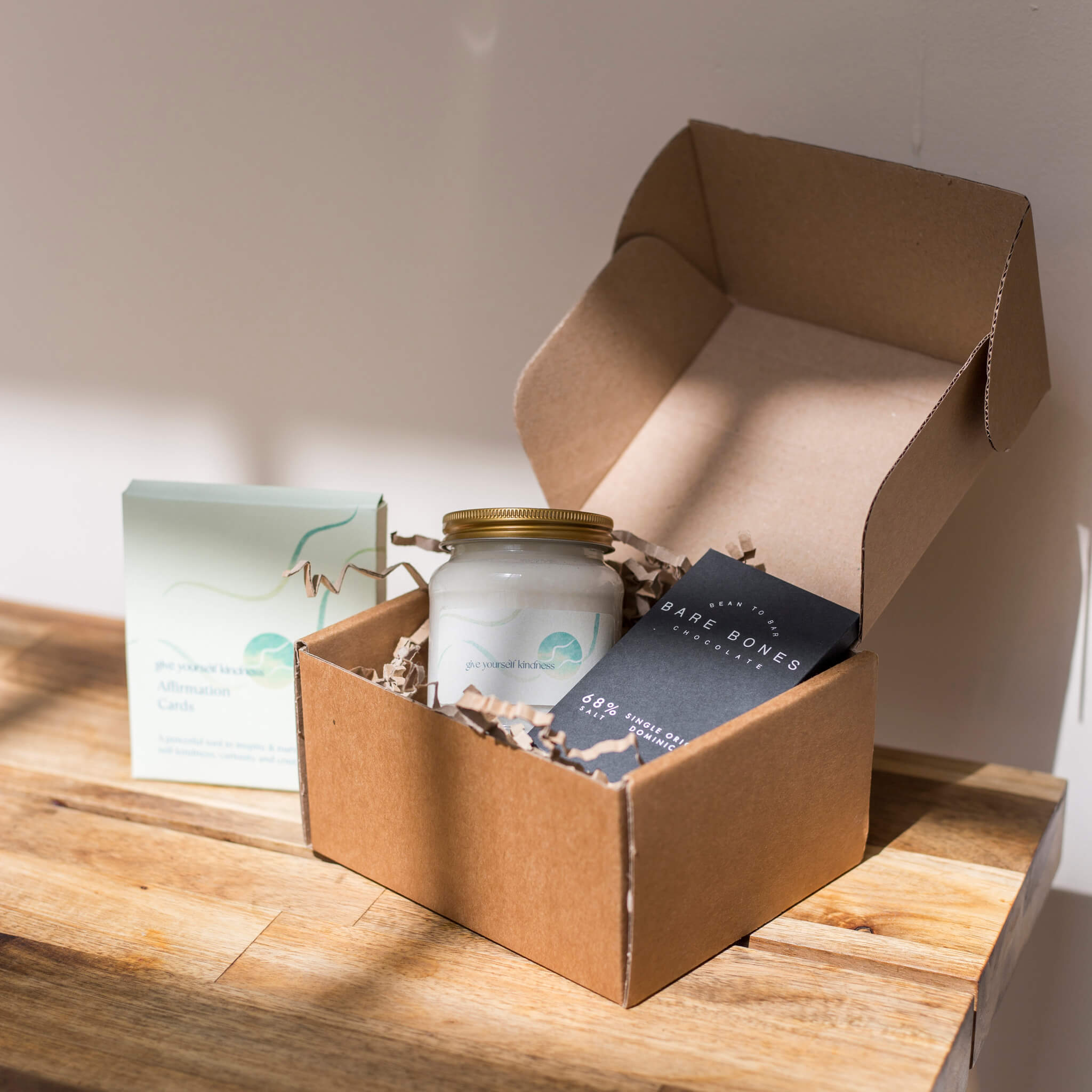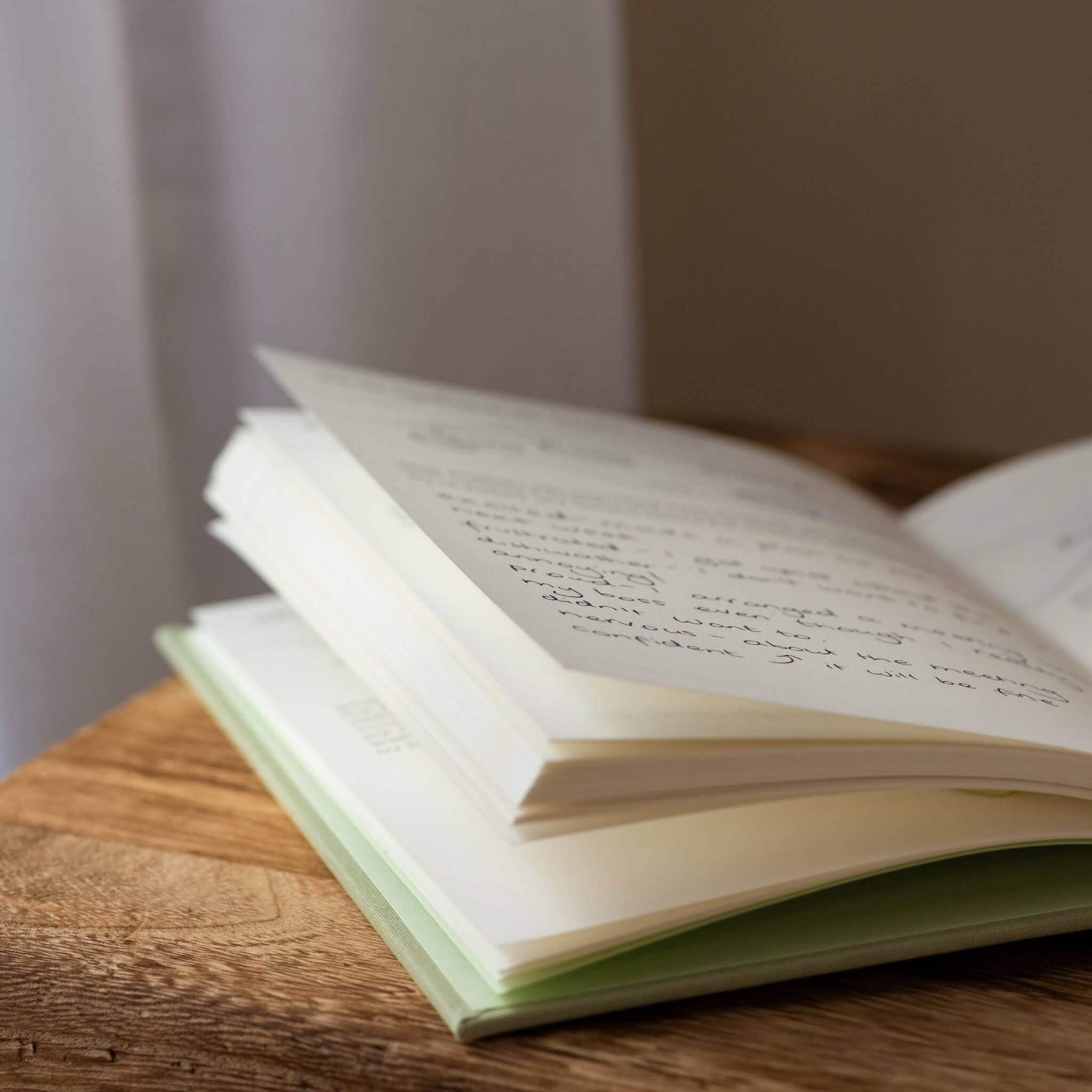written exclusively for Give Yourself Kindness by Dr. Michelle Shlafman, LPC a holistic psychotherapist that holds a Ph.D. focusing on how women with chronic pain use self-compassion and gratitude to manage their experiences.
Chronic pain: an unwelcome guest
Chronic pain touches the lives of so many, yet often hides in plain sight.
Imagine this: pain that sticks around much longer than it should, way past the time of an injury or without any visible cause. It’s like having an unwelcome guest who doesn’t know when to leave.
Many individuals end up on a seemingly endless loop of doctor visits and medications, including heavy-duty painkillers that might help in the short term but can lead to bigger headaches down the road.
This is where blending the wisdom of both Western and Eastern medicine comes in handy, but there’s another important concept we cannot forget in the healing narrative: self-compassion.
Understanding chronic pain
Chronic pain isn’t always just a nagging knee or a back that won’t straighten without complaining. It’s a complex monster that affects the body, the mind, and the spirit.
It can spring from ongoing health conditions, injuries that didn’t heal right, or as part of a disease like arthritis or fibromyalgia.
The usual route to tackle this pain often involves a lot of medications, which can be rough. That's why a holistic approach isn't just nice to have—it’s essential.
A journey shared
So, here’s a taste of why I know so much about this topic…and yep, it’s pretty personal.
Back in my gymnast days, I took a bad fall, and what started as a typical injury morphed into a lingering, unwelcome guest known as chronic pain.
Over the past 21 years, I've tried just about everything: PT, acupuncture, chiropractic sessions, massages, cupping, and yes, even those daunting steroid injections and pain meds.
It's been a rollercoaster of ups and downs, a mix of Western and Eastern treatments, all in the quest for some relief.
During my doctoral studies, I channeled this personal challenge into a project that hit close to home—I explored chronic pain and how practices like self-compassion and gratitude could transform our experience of it.
The results? More than just academic success, they brought real, heartfelt insights that can actually be really life-changing.
'self-compassion and gratitude aren’t just nice-to-haves'
Through my research, I discovered something powerful: self-compassion and gratitude aren’t just nice-to-haves; they’re transformational for those of us living with chronic pain.
These practices do more than just help manage pain; they light up the path to hope, change how we see our world, and remind us that joy and pain can coexist.
'joy and pain can coexist'
Think about this: finding a way to not only live with pain but to thrive despite it. That’s what self-compassion has unlocked for many.
It’s like having a kind, understanding friend built right into your mindset, always there to remind you that you're doing just fine, pain and all.
Gratitude plays its part beautifully, too. It acts like a lens that focuses on what’s good—maybe it’s a peaceful morning, a call from a friend, or a day when the pain eases up a bit.
These moments of appreciation make a world of difference, shifting our focus from suffering to the blessings sprinkled throughout our days.
Practical tips for embracing self-compassion and gratitude
1. Recognize your pain
Start by simply acknowledging your pain without judgment. It’s there, and it's real—no sugar-coating needed.
2. Daily doses of gratitude
Try jotting down three things you're grateful for each day. Maybe it's something as small as a delicious cup of coffee or as big as feeling strong enough to take a walk.
3. Talk to yourself like a friend
Swap out harsh self-criticism with gentle, supportive words. Tell yourself what you'd tell a friend in the same boat.
4. Keep a gratitude journal
Writing down what you're thankful for can turn a tough day into a more hopeful one. It’s about focusing on the wins, no matter how small.
5. Connect with your tribe
There’s strength in numbers. Connecting with others who also practice self-compassion and gratitude can amplify your own practices and provide a supportive community.
6. Celebrate the victories
Every little bit of progress is worth celebrating. Whether it's managing to reduce your pain level or completing a task, acknowledge and celebrate your victories—they count!
The role of self-compassion in managing chronic pain
What would it be like to treat yourself with the same kindness you’d offer a good friend struggling with pain?
That’s self-compassion in a nutshell.
'self-compassion is a three-part harmony'
Developed by experts like Dr. Kristin Neff (i), self-compassion is a three-part harmony of being kind to yourself, recognizing that suffering is part of the shared human experience, and keeping a balanced awareness of your emotions.
This trifecta helps you face pain with understanding rather than judgment, and believe it or not, it can change how you experience pain.
Mental interventions of self-compassion
1. Self-kindness
This means giving yourself permission to be imperfect, even when you’re in pain.
Instead of getting down on yourself for not being able to do what you used to, you might instead whisper (or shout), “Hey, it’s okay. Let’s take this one step at a time.”
2. Mindfulness
This involves living in the moment. By paying attention to the now, you can prevent pain from pulling you into a downward spiral of "what ifs" and regrets.
3. Acceptance and surrender
This means acknowledging that while pain is part of your life, it doesn't have to be the whole story.
It’s recognizing what you can and can't control and focusing your energy wisely.
Physical expressions of self-compassion
Here are some feel-good physical practices that can also ease the pain:
- Warm Baths and Cold Showers: Think of them as mini escapes that can soothe your muscles and your mood.
- Comfort Objects: Never underestimate the power of a cuddly stuffed animal or your favorite soft blanket to make you feel secure and comforted.
- Touch and Textures: The simple act of petting a dog or rubbing a silky fabric can activate calm-down signals in your brain, helping ease the pain.
Integrating eastern and western medicine
To really tackle chronic pain, balance is needed in your everyday life.
Western medicine brings the tech and treatments, while Eastern practices offer a deeper, more holistic view, looking at everything from diet to daily routines.
Combining these can lead to a well-rounded pain management plan that equates to way more than just popping pills—it involves nurturing your overall well-being.
Mindfulness and emotional regulation in pain management
Integrating mindfulness into your day can fundamentally change how your body responds to pain.
'dodge the stress that often comes with chronic pain'
By keeping your mind focused on the present, you can dodge the stress that often comes with chronic pain, which can actually reduce physical symptoms.
Chronic pain: a complex dance
Managing chronic pain is a complex dance that requires more than just addressing the physical symptoms. It needs heart, understanding, and yes, a dose of self-compassion.
By weaving self-compassion into your pain management plan, you can transform your approach to pain, finding more joy and possibility in your journey.

Dr. Michelle Shlafman, LPC is a holistic psychotherapist that holds a Ph.D. focusing on how women with chronic pain use self-compassion and gratitude to manage their experiences. She specializes in supporting individuals struggling with chronic pain or illness, anxiety, spiritual transitions, high-achievers/perfectionism/overwhelm, trauma, and relationship distress. She helps clients love more, fear less, embrace the now, and live their best life.
https://www.michelleshlafman.com/
(i) Neff, K. (2011). *Self-compassion: The proven power of being kind to yourself*. William Morrow.

















